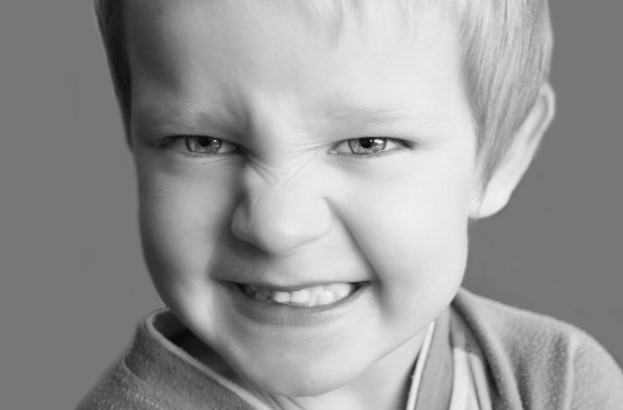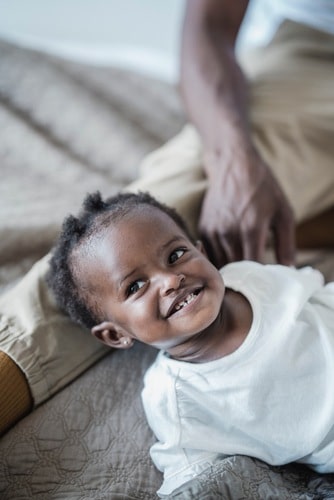What To Do With Your Child’s Wobbly Tooth

Sometimes it’s unfortunate that parenting doesn’t come with a comprehensive manual. For instance, what do you do when your little one first comes to you saying they have a loose tooth?
Loose teeth are expected in a certain age range, and everyone goes through the process of replacing baby teeth with permanent adult teeth. How you handle it and help your child when their tooth is loose can make a difference in their oral health and their mindset around caring for their teeth later in life.
It can be a scary experience losing a tooth for the first time. As adults, many people have bad dreams about losing their teeth, which are linked to general anxiety. For a child who doesn’t understand human anatomy and science at an advanced level, having a suddenly loose tooth may seem disturbing, and they’re looking to the adults in their life for reassurance and comfort. That’s the first part of understanding how best to deal with this situation as a parent.
Why Do Baby Teeth Become Wobbly in the First Place?

The short answer is that baby teeth start wobbling because the permanent teeth are pushing on the roots of those baby teeth as they move toward the gum line. Dental professionals call this process “eruption” — when the tooth pokes through the gum line, it is said to have “erupted.”
Another way to explain this is that the baby teeth need to come out to make way for the adult teeth. Most of us are born with 20 baby teeth and eventually get 32 adult teeth with additional molars. These adult teeth start coming out between 4 and 8 and are done by 12 to 13 years of age. From that standpoint, a median age (when children lose teeth) for the first loose baby tooth would be age 6.
It’s interesting to note that there are some general guidelines to when and how baby teeth get loose: typically, if you get your baby teeth earlier — say, before six months — you may start losing them earlier. In general dental health trends, central incisors will get loose first in the gums, before the canines and molars, although that varies according to the person.
You may also see a pair of teeth fall out at similar times; a lower right canine little baby tooth may fall out, for example, during brushing (which your dentist recommends), and then a lower left canine comes out within a couple of months.
Should You Pull Them Out?
Here’s the million-dollar question — how do you handle this loose tooth and other child’s teeth like it? Should you try to get it out of their mouth right away?
Most dental professionals would caution against trying to micromanage these loose teeth.
Specifically, there are those old time-tested methods of tying the first tooth to a doorknob or yanking it out in other ways. The problem with this is that it takes the autonomy of the child’s body away from them and may be psychologically damaging to the child.
Instead, it’s a good idea to simply encourage the child to wriggle it out themselves. wait as the tooth gets looser and looser and gradually comes out on its own for the adult teeth.
Should a Child Wiggle a Wobbly Tooth?
Here’s the disclaimer — it’s okay for a child to wiggle their loose tooth. In fact, you should encourage it! The sooner they can wriggle it out, the sooner their adult tooth will come through. If a baby tooth was not ready to come out, your child would not be able to wriggle it out themselves. So there is no issue of “wriggling out the wrong tooth”.
The tooth will continue to get looser until there’s only a bit of connective tissue there. In that case, it will get looser and looser until it finally will come out. is perfectly fine for a kid’s tooth to come out.
What to Do Once a Wobbly Tooth Is out
We have the tradition of the “tooth fairy” to help children through this rite of passage. The more positive you can be about the process, the better your child will feel when they think about going through this later in life. The tooth fairy can be an encouragement that when their tooth does come out, they’ll get a little something special under their pillow. If the tooth fairy isn’t your cup of tea, not to worry! The most important thing is making it a positive experience for your child as it is a sign they are growing up. If they were able to wriggle it out themselves, you should encourage them to feel proud of their achievement.
Summary
At the end of the day, good dental care starts at a young age. The best way to handle your child’s first wobbly tooth is to go slow and be gentle through the process. This gives you time to talk to your child about what’s happening and for them to get used to the idea that there’s going to be a hole where their tooth used to be. Eventually, an adult tooth will grow in. But the first time that they go through this process is important for them.
That’s some of the best advice for helping your tot through their first loose tooth. Enjoy this stage of life, because they don’t stay young forever!

